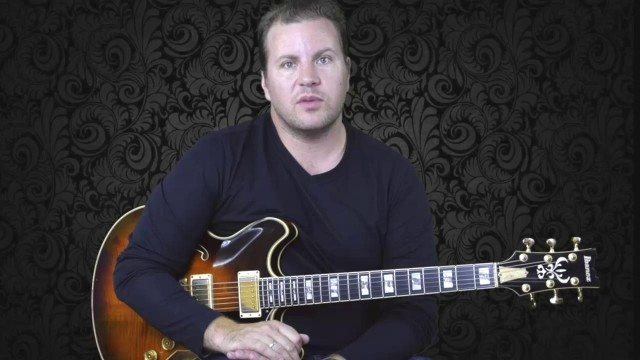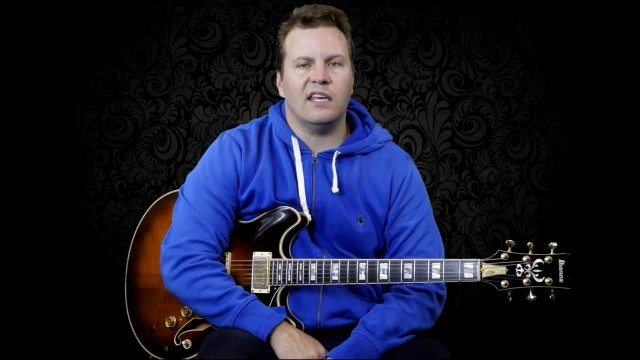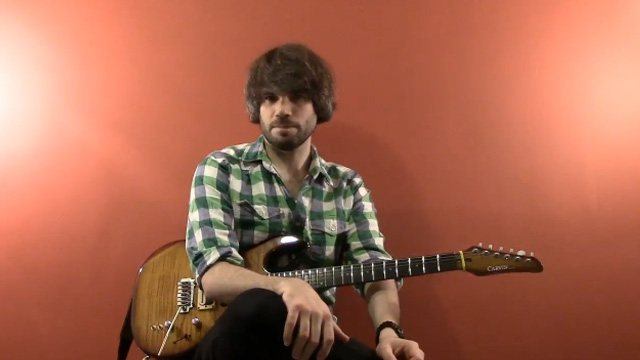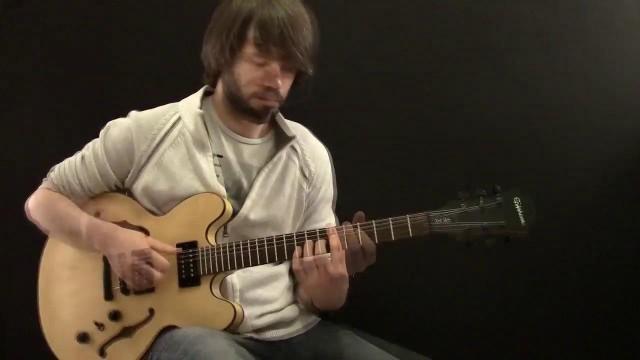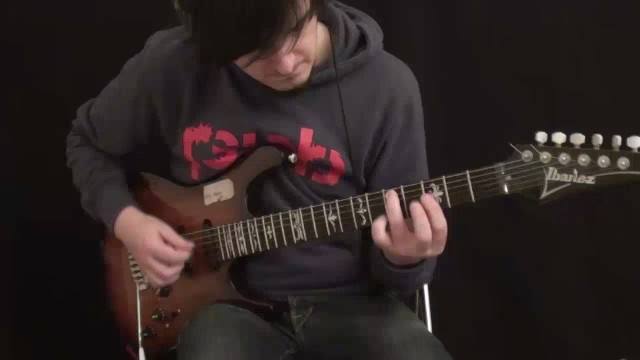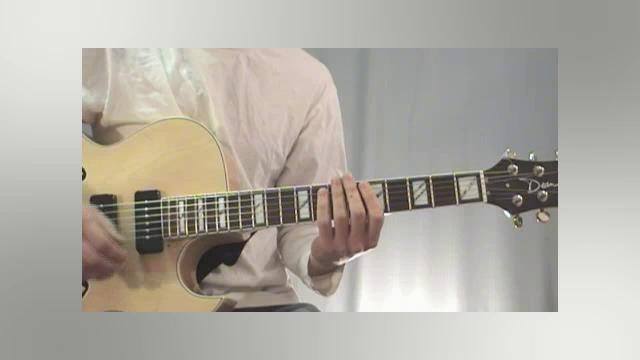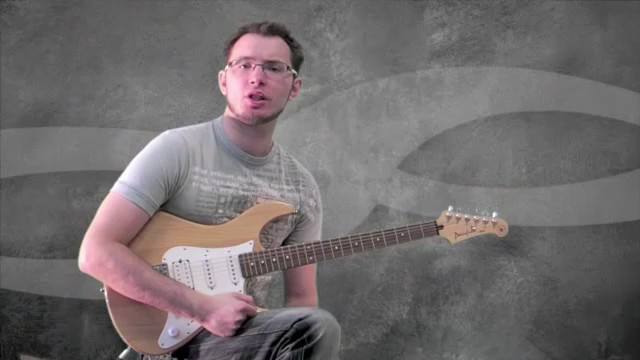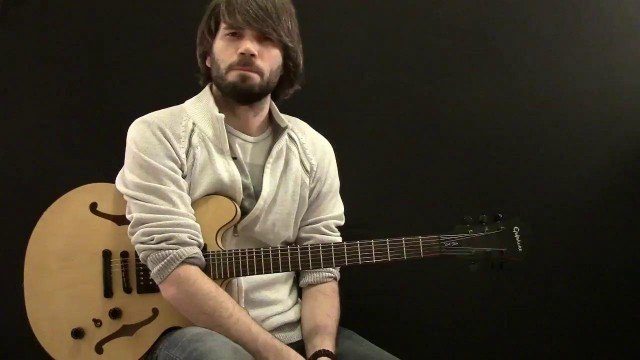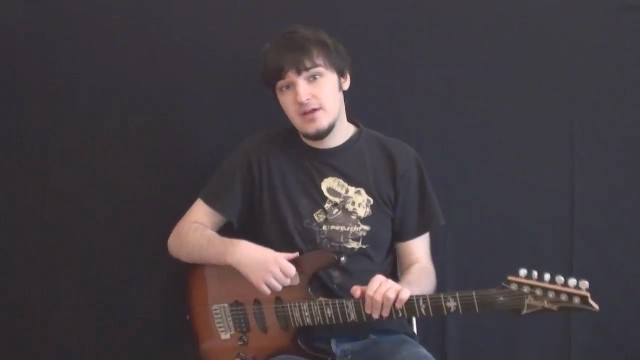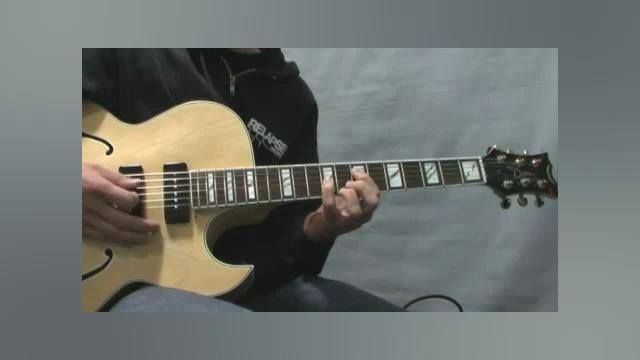The Chords.
The chord changes for this tune are possibly some of the most used changes in the history of Jazz.
In the first 4 bars we have a I-Vi-ii-V progression, looping. This is commonly known as a 'turn around' and will often be found at the end of a song or 8 bar progression. It may not always look the same but you will be hard pressed to find a Jazz Standard that does not use some variation of these chords.
In the video I mentioned the fact that we are using a G7 rather than a Gminor7. Rather than trying to explain the reason behind this here. I will be posting a follow up tutorial on chord substitutions. So keep an eye out for that.
The last 4 bars of the A section, although it may appear a tad complex, can actually be simplified to a I-IV-I-V progression. The in between chords, the way I see it anyway, are just passing chords. And once you start learning variations on these chord changes, you will see that there are many options besides the chords we have right now.
Lastly we have a cycle of 5ths in the bridge. In this tune the chords are D7 G7 C7 and F7. Essentially, each chord in this sequence is resolving up a 'perfect fourth' until we hit F7 which is the Dominant7 chord in the key of Bb. At this point we indeed resolve back to the Tonic or 'root' of the key, that being Bbmaj7.
Now, it can be easy to get sidetracked if your new to any of the information I just gave you. So rather than continue down this road just yet, I will encourage you to begin by learning the progression as shown in the video and tab.
In the next tutorial we will begin looking at some of the more interesting ways to play accompaniment to this tune. With greater emphasis on the chords and how to approach it as an improviser.















